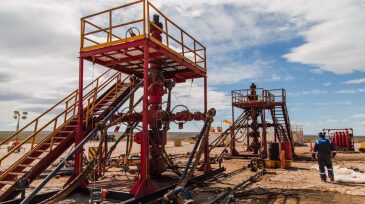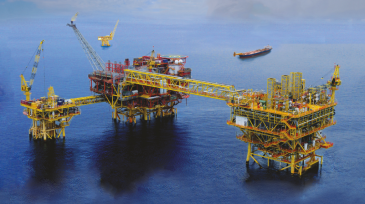Vaca Muerta shale
-
Bidding is open for a 563-km natural gas pipeline that will expand the country’s natural gas transport capacity by 25%.
-
Oil producers that spent years gearing up for a growth spurt beginning in 2020 are making up for lost time.
-
Even though costs and market conditions are important for the development of the Vaca Muerta formation, regulation and trust in the fiscal and regulatory framework are fundamental to attract the required investments. And HSE rules are a key component in the regulatory framework.
-
PowerChina said railway plans are moving forward under Argentina’s current administration and China could provide the financing for the $1.2–1.5 billion project.
-
The complete paper describes a physics-based model of interference and a sensitivity study to propose guidelines for well spacing and a drilling timeline for multiple horizontal wells in the Vaca Muerta shale.
-
Production from the Vaca Muerta now accounts for 23% of Argentina’s natural gas output. With only 4% of the shale play’s acreage in development, the US EIA says the country is in position to boost LNG exports in the coming years.
-
Up to 55,000 BOE/D of output is expected from the ExxonMobil-operated Bajo del Choique-La Invernada block in the Argentine shale play, with a possible second phase producing up to 75,000 BOE/D.
-
The state-owned firm is looking within its home country, around Southeast Asia, and to the Americas—including shale—in an effort to maintain its forecast average yearly production of 1.7 million BOE/D over the next 5 years.
-
Vaca Muerta production is on the upswing. Will increasing activity propel the Argentine play to the ranks of US shale? Data suggest it is both already there and has a ways to go.
-
For the next several years, supplies of crude will depend on several macro factors. Some are easier to forecast than others.








